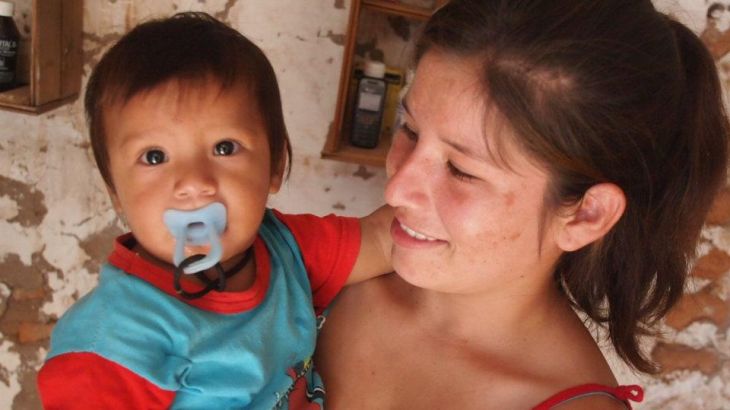
Chagas: A Silent Killer
Chagas is a deadly disease that has affected millions of people, but one Argentinian doctor is trying to stop it.
It is deadly, it is spreading quickly, and most of the world has never heard of it. Chagas, a parasitic disease, is spread by the vinchuca bug’s bite.
In rural Argentina, villagers speak of “muerte subita” or rapid death caused by Chagas. It can eat away at the cardiac muscle until the patient’s heart ruptures. It can devour the intestinal wall leading to toxicity and massive internal bleeding. It is incurable in adults and, while it is not always fatal, it is almost always debilitating.
Keep reading
list of 4 itemsCould a bird flu pandemic spread to humans?
Family says al-Shifa doctor was tortured to death in Israeli prison
Measles outbreak kills at least 42 people in northeast Nigeria
Chagas affects more than 15 million people worldwide, most of them in Latin America and may kill as many as 50,000 each year.
With more and more rural to urban migration, the disease is migrating as well. While it is easy to diagnose with a blood test, it presents few obvious symptoms, so many of those infected may never be properly diagnosed or treated until the disease attacks.
FILMMAKER’S VIEW
By Ricardo Preve
I grew up in Salta Province in northwestern Argentina where the Chagas disease is prevalent. Many years later, when I started working as a filmmaker, I found out that my childhood best friend was afflicted by the disease.
I started trying to find out what could be done to help him. But I was immediately struck by the level of ignorance of the general public about what Chagas is, and about the profound human and economic cost of this disease to our society. At times, it seemed to me that I was the only one concerned about telling the Chagas story.
So I decided to use my camera to present the daily lives of those who are suffering from the disease, and to speak to professionals, like Doctor Gustavo Farrugia, who dedicate their lives to fighting Chagas.
One of the first things I learned while trying to make this documentary is that the project was a lot more challenging than I had anticipated. As a film director, I have to communicate a visual language made up of images, yet Chagas is a disease that has few external symptoms.
A person who we may be interviewing for the documentary could be seriously sick, but there is little visual evidence to show on screen.
Even the dreaded “vinchuca”, the insect that transmits the disease, is a master at hiding, concealing itself in the cracks of walls and ceilings of rural homes during the day and only coming out at night to bite and infect people. We had to really consider how best we would present a documentary about such an invisible threat.
Despite the logistical challenges of making this film, I soon learned that Chagas is not so much a medical problem, as a political and social issue. To me, Chagas is a symbolic manifestation of the level of abandonment and carelessness that governments around the world show to those who are poor.
Doctor Carlos Chagas, the man who discovered the disease, once said: “Speak about this illness and you will have all the governments against you.”
But maybe the tide is turning. Through making this documentary, I met many health workers, researchers, and social activists who supported me in the production of this film, sharing their experiences and knowledge in the hope that their support will raise awareness and ultimately help Chagas sufferers everywhere.